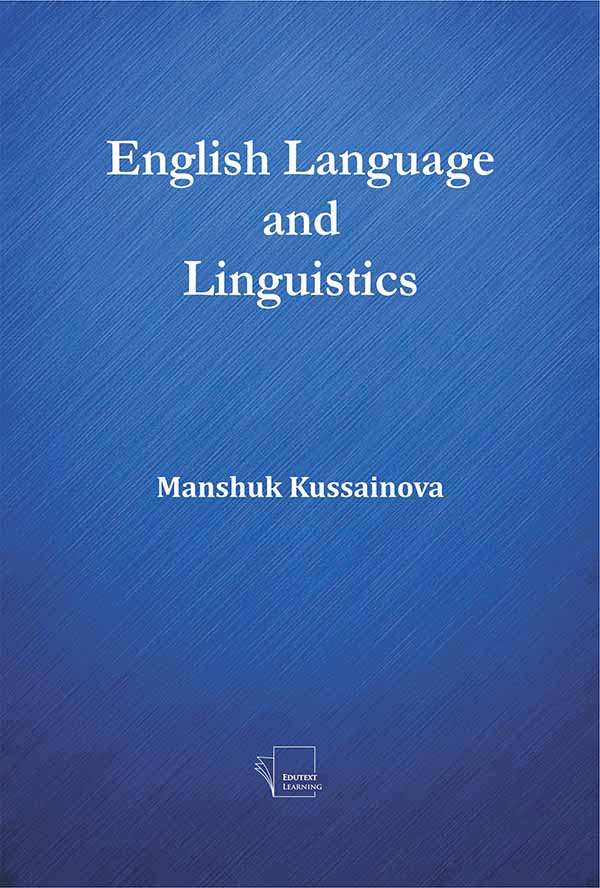This book offers a wide range of topics for the scholar interested in the study of English language and Linguistics. It is closely related to the Frisian languages, but its vocabulary has been significantly influenced by other Germanic languages, particularly Norse, as well as by Latin and Romance languages, particularly French. English has developed over the course of more than 1,400 years. The earliest forms of English, a set of Anglo-Frisian dialects brought to Great Britain by Anglo-Saxon settlers in the 5th century, are called Old English. Middle English began in the late 11th century with the Norman conquest of England, and was a period in which the language was influenced by French. Through all types of printed and electronic media, as well as the emergence of the United States as a global superpower, English has become the leading language of international discourse and the lingua franca in many regions and in professional contexts such as science, navigation and law. English is the third most widespread native language in the world, after Standard Chinese and Spanish. It is the most widely learned second language and is either the official language or one of the official languages in almost 60 sovereign states. There are more people who have learned it as a second language than there are native speakers. English is the most commonly spoken language in the United Kingdom, the United States, Canada, Australia, Ireland and New Zealand, and it is widely spoken in some areas of the Caribbean, Africa and South Asia. It is co-official language of the United Nations, of the European Union and of many other world and regional international organisations. These are the skills which enable learners to successfully interact with speakers of various Englishes and negotiate and navigate with their interlocutors the differing cultural conceptualisations associated with the varieties of English during international and intercultural communication.
Title : English Language and Linguistics
- Author : Manshuk Kussainova
- ISBN : 9781995870083
- Binding : Paperback
- Price : $ 69.99
- Year : 2025
- Pages : 285
- Langauge : English
- Subject Category : English Literature



















